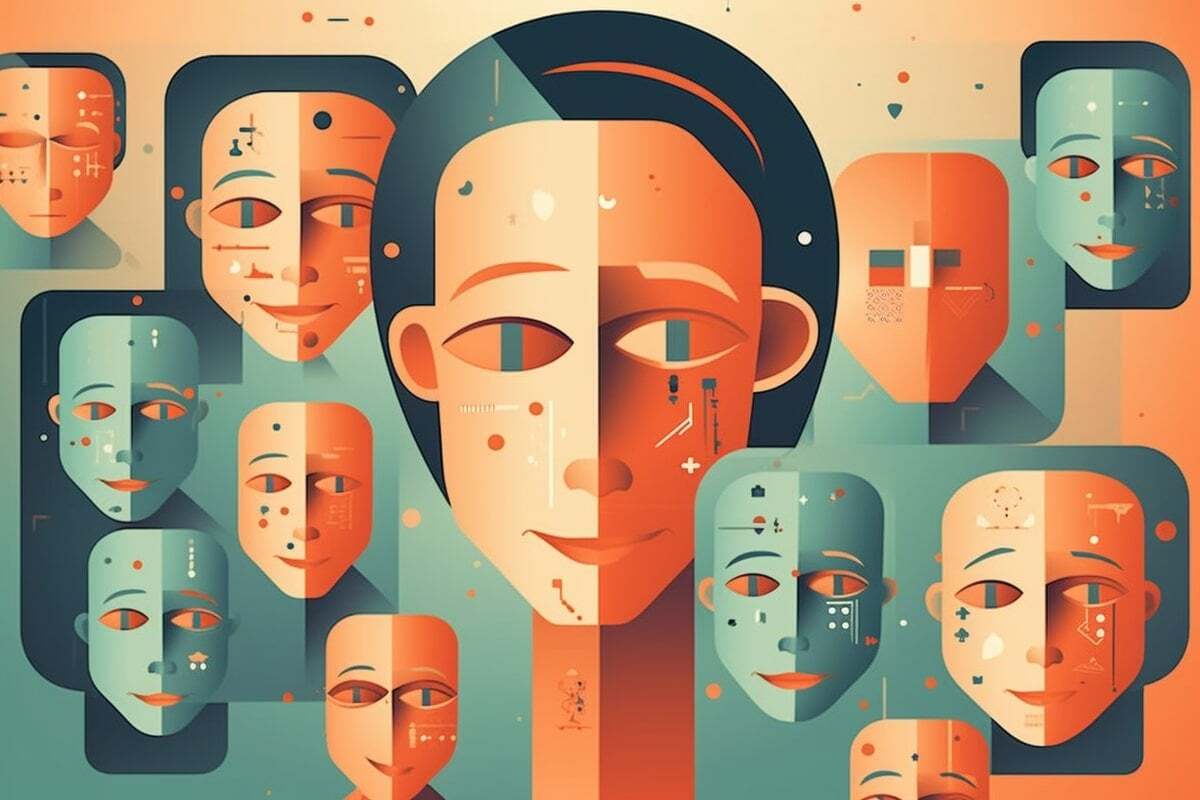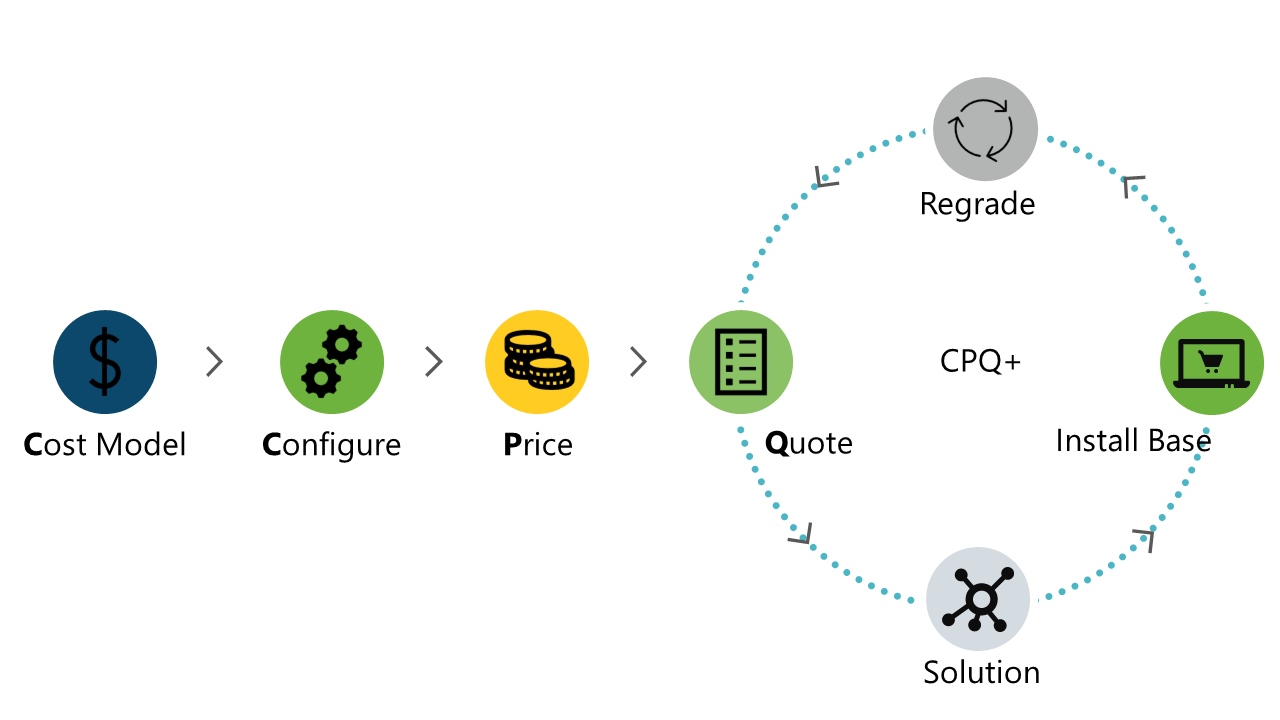
Emotion AI is transforming how we interact with technology. But what exactly is it? Emotion AI, also known as affective computing, refers to systems that can recognize, interpret, and respond to human emotions. Imagine your smartphone understanding your mood and adjusting its settings to cheer you up. This technology isn't just about making gadgets smarter; it's about creating more empathetic and responsive interactions. From customer service bots that sense frustration to educational tools that adapt to a student's emotional state, the applications are vast. Ready to dive into some mind-blowing facts about this cutting-edge tech? Let's get started!
What is Emotion AI?
Emotion AI, also known as affective computing, is a technology that enables machines to recognize, interpret, and respond to human emotions. This fascinating field combines psychology, computer science, and cognitive science to create more intuitive and empathetic interactions between humans and machines.
-
Emotion AI can analyze facial expressions. By using computer vision, it can detect subtle changes in facial muscles to determine emotions like happiness, sadness, or anger.
-
Voice analysis is another key component. Emotion AI can analyze tone, pitch, and speed of speech to gauge emotional states.
-
Text analysis helps in understanding emotions in written communication. Natural Language Processing (NLP) algorithms can identify sentiment in text messages, emails, and social media posts.
How Does Emotion AI Work?
Understanding the mechanics behind Emotion AI can be quite intriguing. It involves a combination of data collection, machine learning, and pattern recognition.
-
Data collection is the first step. Large datasets of human emotions are gathered through various means like videos, audio recordings, and text.
-
Machine learning algorithms are trained on this data. These algorithms learn to recognize patterns associated with different emotional states.
-
Real-time analysis is crucial. Emotion AI systems can process data in real-time to provide immediate feedback or responses.
Applications of Emotion AI
Emotion AI is not just a theoretical concept; it has practical applications in various fields. From customer service to healthcare, its potential is vast.
-
Customer service can be enhanced. Emotion AI can help customer service representatives understand the emotional state of a caller, allowing for more empathetic interactions.
-
Healthcare benefits from emotion AI. It can monitor patients' emotional well-being, providing valuable insights for mental health professionals.
-
Marketing strategies can be optimized. By understanding consumer emotions, companies can tailor their marketing campaigns more effectively.
Ethical Considerations
While Emotion AI offers numerous benefits, it also raises ethical questions. It's important to consider these aspects to ensure responsible use.
-
Privacy concerns are significant. Collecting and analyzing emotional data can be invasive, so it's crucial to handle this data responsibly.
-
Bias in algorithms is a risk. If the training data is biased, the AI's interpretations can also be biased, leading to unfair outcomes.
-
Transparency is essential. Users should be aware when their emotions are being analyzed and how this data will be used.
Future of Emotion AI
The future of Emotion AI looks promising, with advancements expected to make it even more accurate and versatile.
-
Integration with virtual reality (VR) is on the horizon. Emotion AI could make VR experiences more immersive by adapting to users' emotional states.
-
Improved accuracy is expected. As algorithms become more sophisticated, the accuracy of emotion detection will improve.
-
Broader applications are likely. From education to entertainment, Emotion AI could find its way into various new fields.
Challenges in Emotion AI
Despite its potential, Emotion AI faces several challenges that need to be addressed for it to reach its full potential.
The Future of Emotion AI
Emotion AI is changing how we interact with technology. From enhancing customer service to improving mental health care, this tech is making waves. It's not just about recognizing faces or voices; it's about understanding the nuances of human emotion. Businesses are already using it to boost user experience and increase engagement. Schools might use it to better understand student needs. Even in entertainment, it’s creating more immersive experiences. But with all this potential, we must consider ethical implications. Privacy concerns and the risk of misuse are real. As we move forward, balancing innovation with responsible use is key. Emotion AI isn't just a trend; it's a glimpse into the future of human-computer interaction. Stay informed, stay curious, and watch as this exciting field continues to evolve.
Was this page helpful?
Our commitment to delivering trustworthy and engaging content is at the heart of what we do. Each fact on our site is contributed by real users like you, bringing a wealth of diverse insights and information. To ensure the highest standards of accuracy and reliability, our dedicated editors meticulously review each submission. This process guarantees that the facts we share are not only fascinating but also credible. Trust in our commitment to quality and authenticity as you explore and learn with us.


